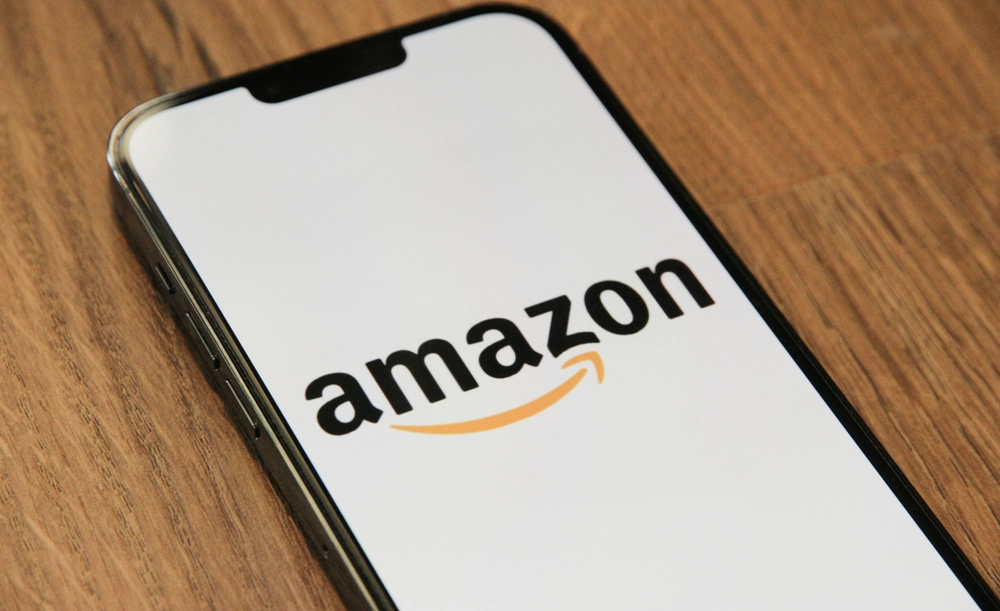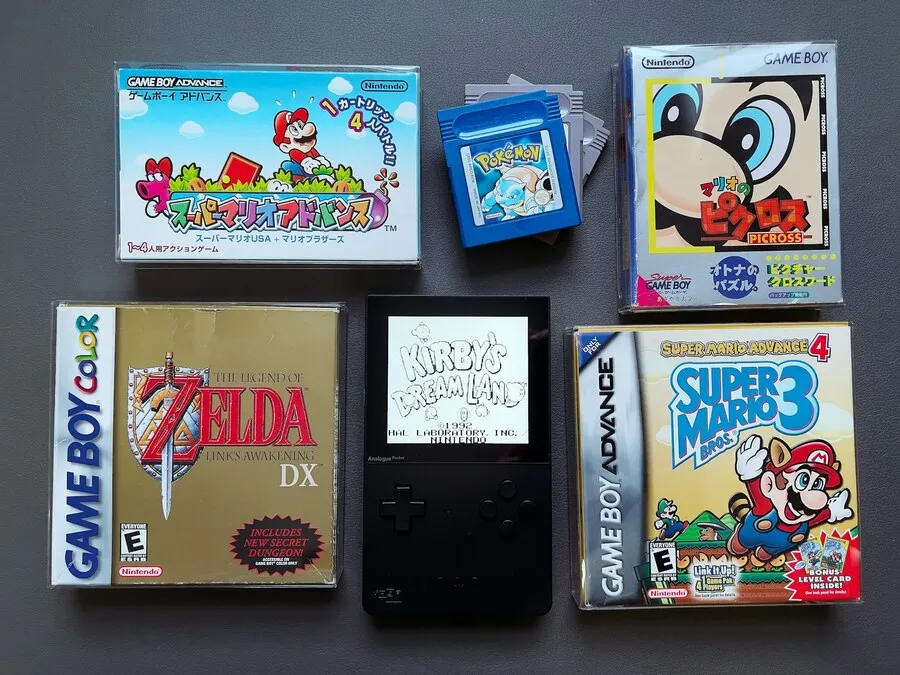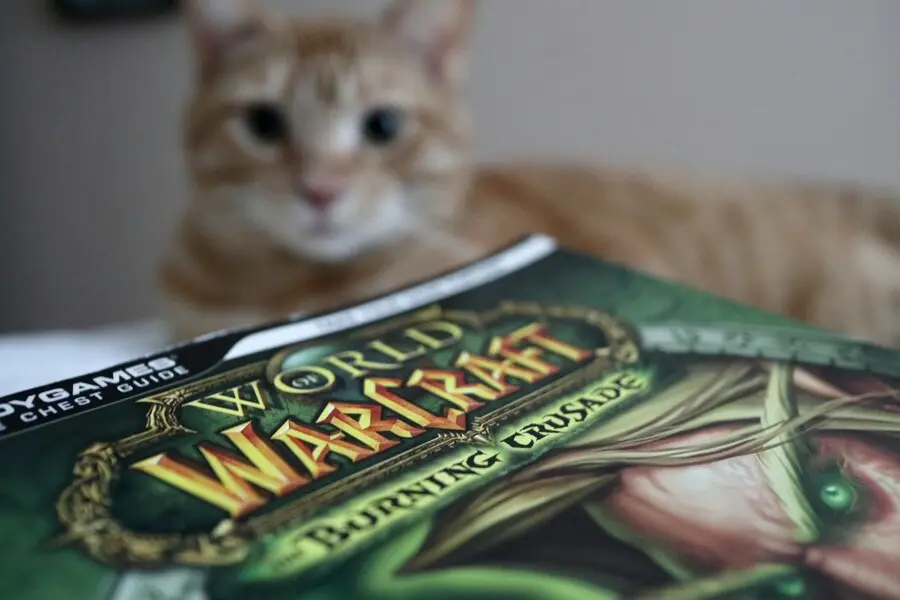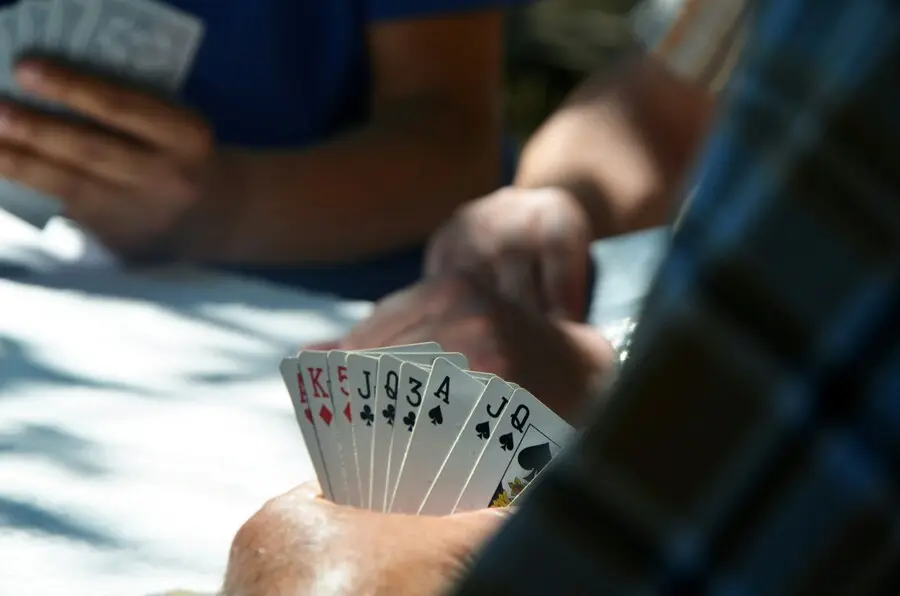Or how you got there? What kind of algorithm are they using? According to Rob Nightingale, in his April 2014 article, “8 Things Most People Don’t Know About Amazon’s Bestsellers Rank (Sales Rank),” few people know how to promote their works through Amazon for sales rank and even Amazon won’t specifically state how the Bestsellers Rank is calculated. Do you think your Sales Rank is achieved through reviews?
The good news: It’s not. (The bad news: It’s not.)
If you’ve self-published your novels and are beating your head against the wall trying to market and promote your book by badgering friends and relatives to post a review, you can relax as it really won’t make a difference.
So then what Is the Amazon Bestsellers Rank? (Remember I’m specifically referring to the sale of books.)
In all Amazon book categories (including Kindle paid and free books–notice I included “FREE”), your title will include a “Product Details” section where all the stats are located. Included in those stats is the “Amazon Bestsellers Rank”. Nightingale, as well as Amazon’s own explanation for rank, is that the “calculation is based on Amazon.com sales and is updated hourly to reflect recent and historical sales… ” Well, updated hourly for those who actively achieve sales per hour (in other words, the top 10,000 books are calculated hourly).
The rank is based on sales, not reviews or ratings. But sales made when or through which outlet? (Because that can change the computation too.)
The common idea about rank is that it takes into account more than sales (and both you and I were hoping it was reviews). But nay, it’s sales. “Sales” though, can mean more than dollar and cents out the door.
Rates and reviews can be good for the soul, of course, and still may help indirectly with your sales through positive, descriptive reviews or recommendations, however achieved. (Word of mouth is a positive sales tool.)
Ready for some additional insight? Books are weighted the same (well, almost) whether they are free or paid (keep reading).
In other words, these are sales relative to other products within the same category. Amazon then splits “paid” and “free” into separate categories. Included in the algorithm is a predictive feature based on historical data. (Huh? It’s becoming as confusing as the algorithm Google uses in their search engine ranking.) What it means then is that their rank is really not a measure of overall sales, but actually sales compared to others in the same category.
If you are experiencing some awesome sales then, how would these compute in sales ranking?
Sales of approx one book a day equals Amazon Best Seller Rank 50k to 100k
Sales of approx 5 to 15 books a day equals Amazon Best Seller Rank 10k to 50k.
According to Teresa Ragan in her calculations, it would take sales of 3,000 to 4,000 books a day to achieve an Amazon Seller Rank of 5 to 20 and sales of 4,000+ per day to achieve a Best Seller Rank of 1 to 5. Something you can really appreciate the next time to see a #1 ranked Amazon book. That’s a LOT of sales per day!
When I investigated the ranking for one of my grandfather’s books, I found on Thursday, December 3rd, the following: #6,281 in Kindle Store > Kindle eBooks > Biographies & Memoirs > Reference & Collections. On Monday, December 7th, the same book ranked #317 in Kindle Store > Kindle eBooks > Biographies & Memoirs > Reference & Collections.
Apparently, the sub-category ranking change can be attributable to the sale of a single book that week and shows even a small ripple in the pond can create a sizable wave. Watching those stats can begin to give you an idea of when and how the ranking changes. Knowing that–you can be armed with the ability to do something about it. So don’t give up!
Source by Gin Williams












